Artist Statements
My work explores issues regarding the self, relationships, gender roles, sex, politics, short attention spans, memories and time, et al; therefore, it my intent to challenge people, their thoughts and ideas with my artwork. To do this one must awaken their cognitive states and processes including perception, sensation, memory, imagination, judgment, and language, as well as intelligence and other aspects of intellectual functioning such as knowledge, opinions and beliefs.
It is my hope that my paintings will allow people to confront their beliefs and look at every day events in a different light. It is suggested that certain elements make up human nature, one element being cognitive capacity, which is the ability to conceptualize, to comprehend, to evaluate and to rationalize others and ourselves. Therefore, through my diverse and divergent paintings, my intention is to activate my viewers’ cognitive capacity, and since much of my work deals with issues that can be controversial, viewers of my work are forced to individually assign and attribute meanings and understanding to the world around them, thus my artwork.
RESEARCH STATEMENT
My art, whether I intend it to or not, is an editorial reflection of contemporary society. Sometimes it is silly and meant to amuse, while often is highly critical of the complex world we live in. Our attitudes about sex and gender, politics and media and disruptive innovation upon everything we know, are recorded in my work so they are not lost to short attention spans, fading memory, or the washing of time.
My original intent was to create diverse and divergent paintings that would aggressively challenge others to confront their beliefs through my work. But once the paintings are finished, they tend to turn on me and challenge my perceptions instead. Too often, I find myself in the same dilemma as Mary Shelley: I can’t live with Frankenstein and I can’t live without him.
BETWEEN THE LINES artist statement

“WORD BEGAT IMAGE AND IMAGE BEGAT WORD”
Excerpt from WORD VIRUS 1998,
by William S. Burroughs
MoMA Learning defines
Appropriation:
Sanctioned theft (artistic License) is the intentional borrowing, copying, and alteration of preexisting images and objects.
reproduced, juxtaposed, or repeated mundane, everyday images from popular culture—both absorbing and acting as a mirror for the ideas, interactions, needs, desires, and cultural elements of the times.
PROCESS:
I make, collaborate, adapt, manipulate, use by Sanctioned theft, borrow images, and confiscate text/language at will.
I then Put it all through a mental blender and then spill it out onto a surface that can contain it.
The image is just that, an image in my initial selection process. I go with what I am drawn to.
Then I process the cultural and Pop cultural context. as I am processing this; text, slang, lyrics, and language enter the process. I find I am drawn to the juxtaposition between what information an image can hold in terms of the overall aesthetic and visual meaning combined with its cultural context.
Then the question arises: what the cultural context is and what happens when I take it out if its original context and place it in a new arena/context.
This then allows the finished works to take on a meaning through my interpretation. and that of the audience.
The current use of lines placed upon figures, animals and objects is used as a unifying action/force of line. It has its origins in the idea of Holding patterns. It deals with the idea that personally, societally, or culturally the aforementioned; figures, animals and objects hold concessions or subconscious meaning held in the psyche of us all.
The addition of text, slang, lyrics, and language enter the process allowing the human mind takes over to search for context and meaning.
Thus; I have you engaged in thinking and processing the work.
